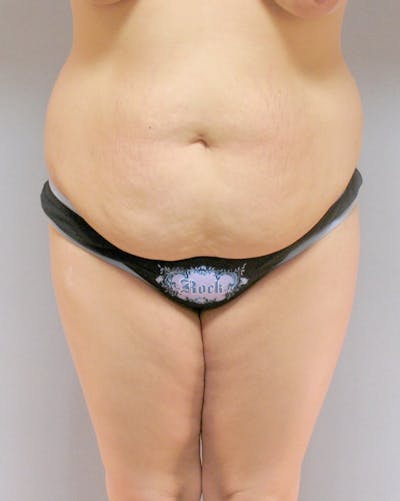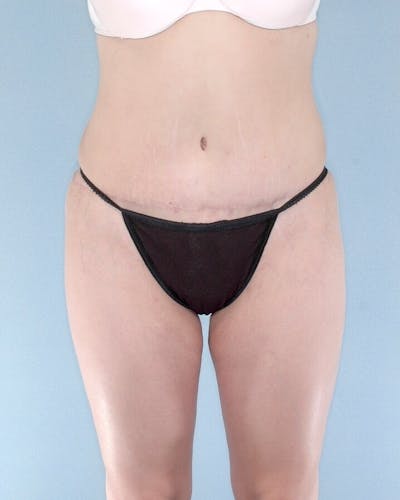Surgical Technique
In most cases, an incision is made near the pubic hair line that stretches from hip bone to hip bone. For optimal concealment, this incision is placed beneath the bikini line, so that the resulting scar is well-hidden by swimwear and undergarments. The weakened underlying muscles are repaired and tightened with persistent sutures, and excess skin is removed. A second incision is often made around the navel to tighten loose skin above it; the navel is then repositioned through a hole that is made in the newly firm skin. Incisions are closed with stitches that are removed 7-10 days later. A tummy tuck procedure is generally 2-5 hours in length, and is performed under general anesthesia.
Dr. Mentz has pioneered two advances in the abdominoplasty procedure to make recovery both safer and more comfortable for his patients. The first is Exparel, a medication applied into the closure site while patients are under anesthesia that provides pain control for 72 hours after surgery. Studies have shown that patients who received Exparel take fewer pain relievers and gain back their range of motion sooner, leading to a quicker recovery. Patients used to compare the discomfort of tummy tuck surgery to a C-section, but this advancement in pain management makes for a much speedier recovery. As one of the pioneer users, Dr. Mentz will be giving the landmark presentation on Exparel in the spring of 2013 at the ASAPS convention.
The second innovation for the tummy tuck makes recovery more convenient by eliminating the external drain attached to patients after surgery. Dr. Mentz does this by using progressive tension sutures, a surgical technique which provides complete closure of internal tissue layers. This method has proven to reduce pain and recovery time. By reducing irritation and inflammation, this innovative technique eliminates fluid drainage and the need for an external drain.







